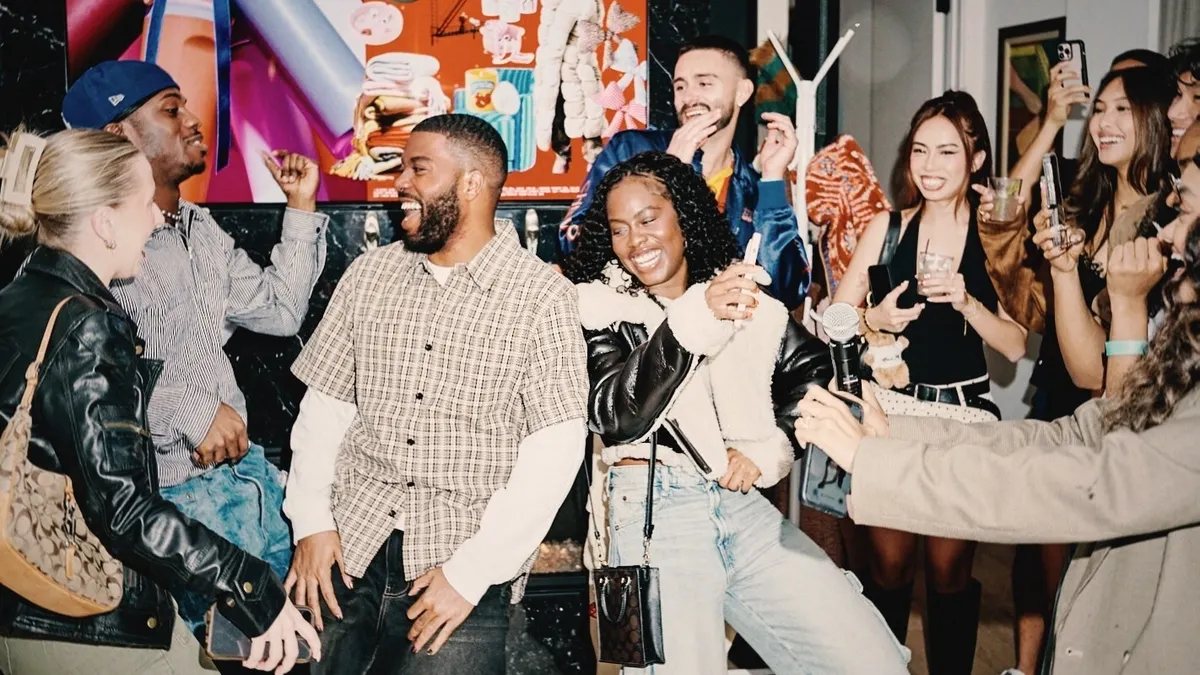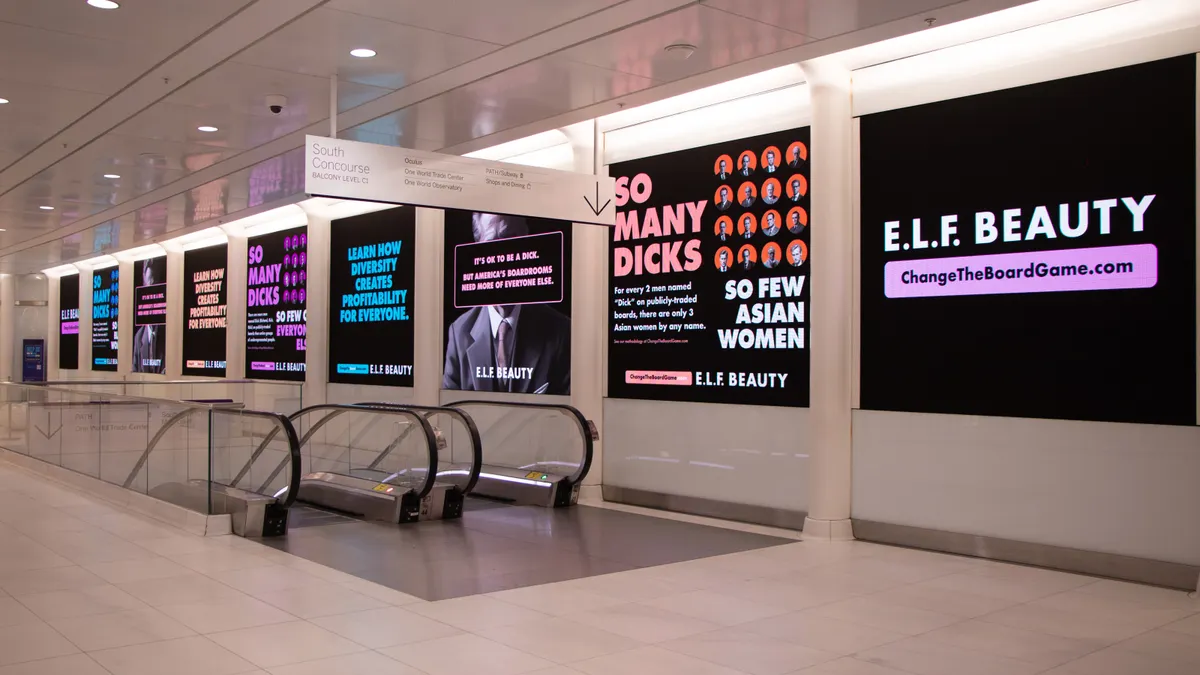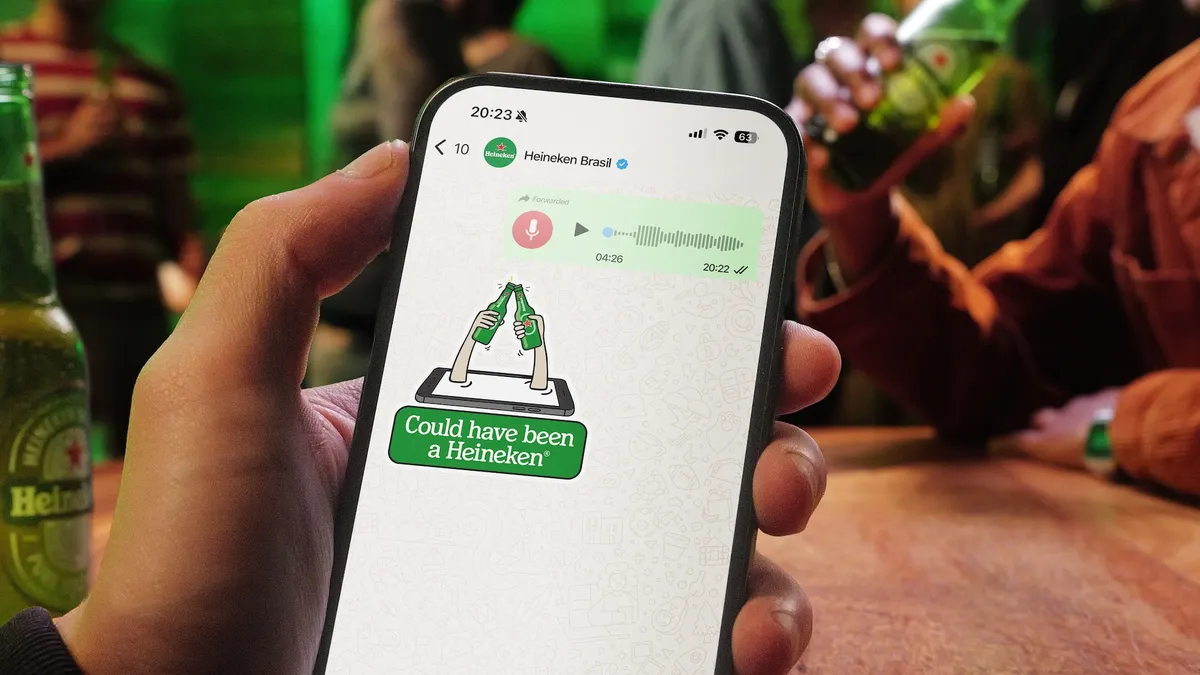Editor's note: The following is a guest post from Melinda Krueger, Salesforce's associate principal of strategic services.
How are retailers employing digital messaging like email, push and SMS? For the third year in a row, I set out to capture and compare messages from Black Friday through Cyber Monday for 14 top retailers. Below are some observations you can apply to your program throughout 2018 and a video interview with Tatango about holiday trends.
Cadence
The push and SMS cadence increased this year for most retailers. For the first time, retailers sent multiple push notifications in a single day, with some sending two or three on Black Friday and Cyber Monday. Customers may not welcome multiple messages per day on their home screens. Review past results or split test to see if an aggressive cadence leads to a spike in app downloads. Weigh the expense of attracting app new users against app deletes stemming from notification overload.
SMS cadence was higher but restrained, mostly due to the frequency commitments made at opt-in. While this limits the marketer's freedom, it may garner favor with those overloaded with holiday messages, particularly younger customers.
Prominence
Push senders really embraced graphic elements this year. It was the first year to see multiple emojis in a notification, lower right corner graphic previews, bold message titles and even a brand icon, dressed up for the holidays. We know that graphic elements draw the eye and increase text readership, as well as an element of fun. Despite the high impact of rich push, however, few retailers used this effective method.
There was only one MMS, with an animated gif highlighting a store-wide percent-off promotion, double loyalty points and a bounce-back offer. The MMS ecosystem is inefficient and slow, so it's not a great option for high-volume senders. But when a message demands attention, it's still a high-impact option.
Not a single SMS sender made use of an effective but unexciting technique: white space. Adding blank lines within a text makes the copy more inviting and easier to read, and makes links easier to tap.
Content
Successful messages have the same elements as email subject lines: urgency, exclusivity, personalization and store-wide offers with specificity ($ or % off, bounce back offers, gift with purchase). Yet there were a lot of bland, general "we have stuff on sale" messages, which are unworthy of the customer's home screen. Product or category specific offers don't tend to do as well as broad offers, unless they're customized for those with a high propensity to buy that product line.
Simple name personalization is another element that was overlooked by virtually all senders. Your systems may not talk to each other, but you can extract data from them, match where possible and personalize some portion of your sends. Try it!
Timing
Since the messages were gathered from Black Friday and Cyber Monday weeks, it's not surprising that those days had the highest send volumes. What's somewhat surprising is that the lowest volumes were on weekend days, when customers are most likely to be shopping in store. A reminder about great offers can generate traffic and keep customers in store. One retailer tested Friday vs. Saturday and got better results on Saturday. Test it!
Cross channel
SMS is an effective method for driving online sales, but the majority of retail revenue is generated in store. You will never get the support needed for a successful program unless you can measure conversion for both. It's difficult to set up an online promotion code to enter at checkout and a barcode to be read at the cash register. But if you want to understand the full value of your program, you need both KPIs. The long tail of clicks on SMS links suggests that customers in stores are looking to make sure they have the latest offer.
SMS can also drive app downloads and use for those who don't accept notifications. The main job of push is to drive app use, but it can also notify customers of sales, offers and coupons that can be used in store as well as online. Most of the retailers reviewed are not taking advantage of multi-directional messaging. Leverage this opportunity!
Amplification
The original goal in harvesting holiday messages was to see whether retailers were sending unique or similar messages across push, SMS and email. Messages were compiled by retailer by week, including the mobile email inbox view, with notations when a message was the same in one or more instances. For the second year, only about 15% of messages were repeated — or better, amplified — across channels.
Some marketers think that customers will be bored or annoyed with the repetition. It's highly unlikely that they will subscribe to all channels and compare or even recall messages. We have a few seconds to communicate a big message to a busy customer. When you present a strong offer in multiple places, you increase its effectiveness. Repetition works.
The future
The crystal ball is somewhat foggy. Progressive web apps may signal the beginning of the end of apps. Rich communication services may be the next big thing for SMS. Over-the-top platforms like WeChat may make them both obsolete. But we do know one thing: the ability to communicate the big message in an ultra-short format is a useful skill. Testing, learning and developing your team now will pay big dividends in the future.
Happy New Year!




















